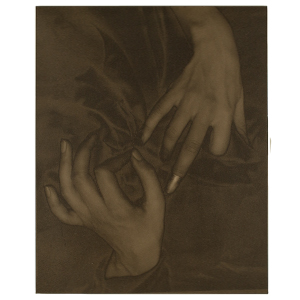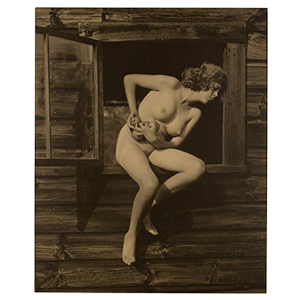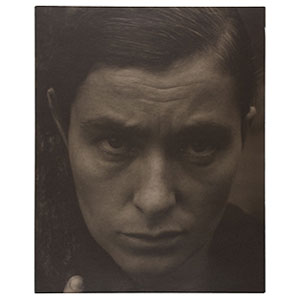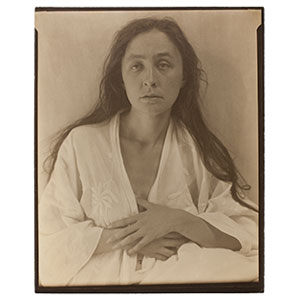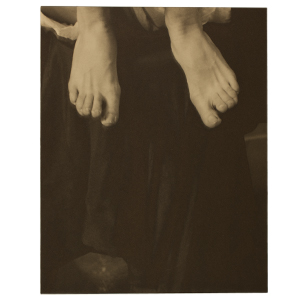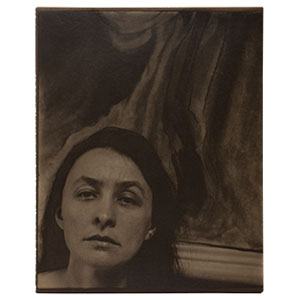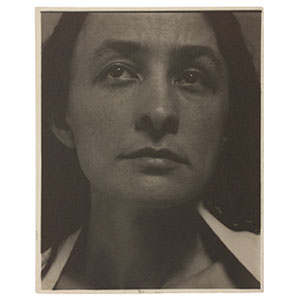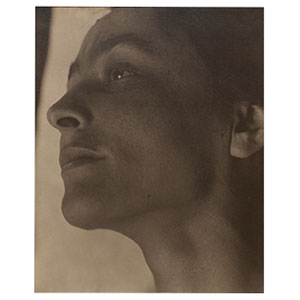Processes > Palladium Print
Palladium Print
1873–1930
At the start of World War I, a shortage of platinum forced photographers to look for metals that produced a similar appearance, and palladium became a satisfactory alternative. As with the platinum process, palladium prints (sometimes known as palladiotypes) are made by coating the light-sensitive solution directly on to the paper, resulting in a matte surface. Palladium boasts a wide variation of hue, from neutral black to warm brown, as well as an extensive range from light to dark.
n

